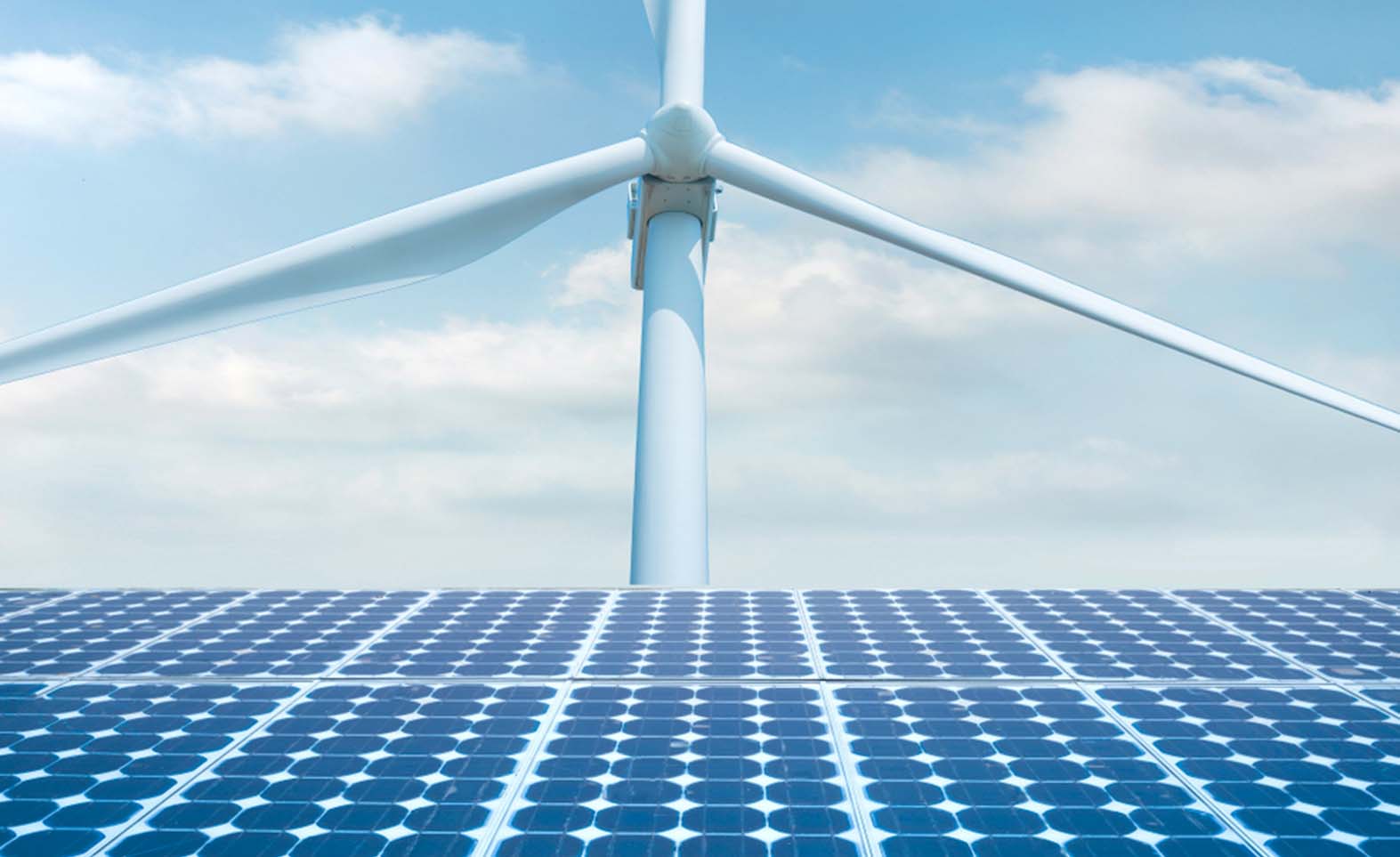
September 15, 2023
This export capacity will be a result of the country’s solar module capacity of reaching 100 GW within the said year
India is also targeting the establishment of a robust solar PV module manufacturing capacity of approximately 100 GW by the year 2026
With the Production-Linked Incentive (PLI) scheme’s support, the country anticipates adding 48 GW of new manufacturing capacity within the next three years
India has attracted approximately US$ 78 billion in investment, including more than US$ 10 billion in foreign direct investment

India is expected to have the capability to export solar modules of 60 GW or even more by 2026, according to Bhupinder Singh Bhalla, the Secretary of New and Renewable Energy.
This export capacity will result from the country’s solar module capacity reaching 100 GW within the said year, while India’s domestic requirement is estimated to be at 30-40 GW.
Currently, India possesses manufacturing capacities of 28 GW for solar modules, 6 GW for solar cells, and 15 GW for wind energy (turbines). Bhalla highlighted that, with the support of the INR 24,000 crore Production-Linked Incentive (PLI) scheme, the country anticipates adding 48 GW of new manufacturing capacity within the next three years.
India is also targeting establishing a robust solar PV module manufacturing capacity of approximately 100 gigawatts (GW) by the year 2026, with the aspiration of becoming a significant global exporter in the renewable energy sector.
Bhalla stated this during a clean energy conference jointly organised by the Confederation of Indian Industry (CII) and the Ministry of New and Renewable Energy (MNRE).
It’s worth noting that India’s solar module imports from China have seen a substantial decline, dropping from 9.8 GW in the first half of 2022 to 2.3 GW during the corresponding period in 2023, as reported by the energy think tank Ember. This reduction comes after India imposed a 40% customs duty on solar modules and a 25% duty on solar cells in April 2022 to promote domestic manufacturing. However, Bhalla clarified that the 76% decrease in Chinese imports does not equate to a 76% overall drop in imports.
In a sign that India is on track to become a global leader in the transition to clean energy, Bhalla emphasised that India has attracted approximately US$ 78 billion in investment, including more than US$ 10 billion in foreign direct investment, underscoring global confidence in the country’s vision and capabilities.
India, currently possessing the world’s fourth-largest renewable energy capacity at 178 GW, has set an ambitious target of achieving 500 GW by 2030. The country aims to generate 50% of its total power capacity from non-fossil fuel sources such as solar, wind energy, and green hydrogen.
Source: Financial Express